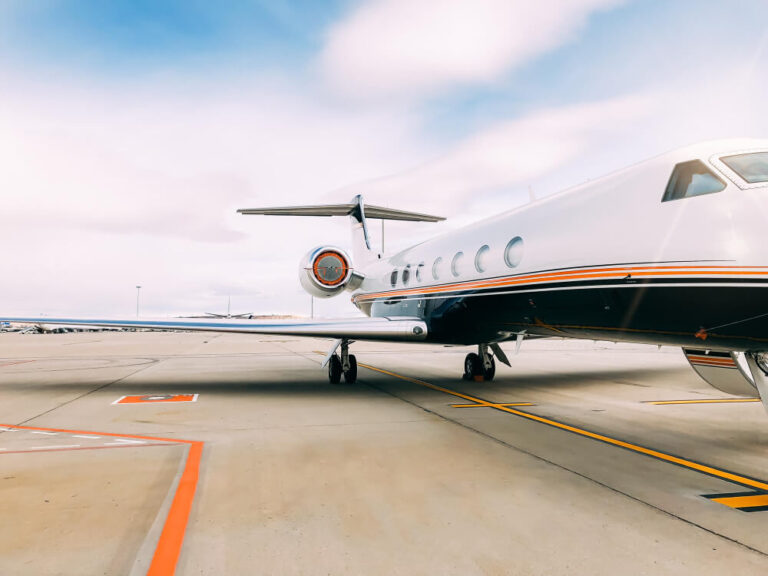Pan American World Airways, better known as Pan Am, was once the pride of the skies. Famous for its luxurious international flights, iconic blue globe logo, and pioneering spirit, Pan Am set the standard for global air travel. For decades, it was seen as the ultimate symbol of prestige and modern aviation. However, despite its legendary status, Pan Am ceased operations in 1991. Its decline is a lesson in how even the most iconic companies can fail if they cannot adapt to changing times. In this article, we will explore the history of Pan Am, the reasons behind its downfall, and the aftermath of its closure.
History of Pan Am
Pan Am was founded in 1927 by Juan Trippe as a small mail and passenger service flying between Key West, Florida, and Havana, Cuba. Over the years, the airline grew into a global powerhouse, connecting continents and pioneering international routes that were previously unimaginable. Pan Am introduced iconic innovations such as the Boeing 707 jet, the Boeing 747 “Jumbo Jet”, and the world’s first computerized reservation system. The airline also symbolized the glamour of air travel, with stylish flight attendants and exclusive airport lounges. By the 1960s and 70s, Pan Am was synonymous with international air travel, offering routes to Europe, Asia, and South America.
Why Did Pan Am Go Out of Business
Despite its glory, Pan Am’s decline was gradual and multifaceted. The airline faced increasing financial pressures, operational inefficiencies, and changing market dynamics. Rising competition from domestic carriers, high operating costs, failed expansion efforts, and devastating external shocks all contributed to its eventual bankruptcy. While Pan Am’s brand remained strong, its financial health could not keep up with the rapidly changing airline industry.
What Happened to Pan Am Airline
By the 1980s, Pan Am was struggling to maintain its dominance. The airline began selling off profitable routes and assets to stay afloat, including its famous Pan Am Shuttle in the Northeast U.S. These sales provided temporary relief but weakened the airline’s long-term revenue. In 1988, Pan Am faced a major tragedy when Flight 103 was bombed over Lockerbie, Scotland. The event caused a huge loss of life and severely damaged Pan Am’s reputation. After years of financial losses, Pan Am filed for bankruptcy in January 1991 and ceased operations later that year. Many of its routes and assets were acquired by competitors, while the Pan Am name survived only in nostalgia and licensing deals.
Rising Competition After Deregulation
A major turning point for Pan Am was the deregulation of the U.S. airline industry in 1978. Before deregulation, airlines had limited competition, and routes were strictly controlled. Deregulation opened the market to low-cost carriers like Southwest, People Express, and Eastern Airlines. These airlines offered cheaper domestic flights, capturing market share that Pan Am could not compete with. Pan Am, traditionally focused on international prestige routes, struggled to enter the domestic market at a competitive price. Its late domestic expansion meant it lost the first-mover advantage to newer, leaner airlines.
High Operating Costs and Inefficiency
Pan Am was also burdened by high operating costs. Its fleet included large, fuel-hungry jets, and maintenance costs were significant. Labor costs were high due to union agreements and long-standing employee contracts. Unlike newer carriers, Pan Am could not operate as efficiently, and every international route required substantial investment without the domestic revenue to offset expenses. These inefficiencies made it increasingly difficult for Pan Am to maintain profitability, even as air travel demand grew.
Failed Diversification and Expansion Efforts
In an attempt to survive, Pan Am tried several diversification and expansion strategies. It launched the Pan Am Shuttle between New York, Boston, and Washington D.C., and invested in computer reservation systems and new international routes. Unfortunately, many of these ventures failed to generate enough profit. Domestic expansion came too late, and Pan Am could not match the cost structures of the emerging low-cost airlines. These unsuccessful efforts drained the airline’s financial resources, further accelerating its decline.
External Shocks and Crises
Pan Am’s downfall was worsened by unexpected external crises. The Lockerbie bombing in 1988 devastated the airline’s reputation and led to costly lawsuits. Additionally, global economic recessions and fuel price volatility in the 1980s increased operational costs and reduced passenger demand. Such external shocks were difficult to anticipate but had a lasting impact on Pan Am’s ability to recover financially.
Debt and Financial Mismanagement
Over the years, Pan Am accumulated massive debt from purchasing aircraft and expanding infrastructure. The airline frequently sold profitable assets to raise cash, which weakened its long-term earning potential. Financial mismanagement, including high interest obligations and poor investment decisions, left the airline vulnerable to market shocks. By the late 1980s, Pan Am’s debt was so significant that restructuring became nearly impossible.
Bankruptcy and Closure
Ultimately, Pan Am could not survive its financial, operational, and reputational challenges. In January 1991, it filed for bankruptcy. The remaining routes, assets, and equipment were sold to competitors such as Delta, United, and American Airlines. Pan Am’s employees were laid off, and the airline’s operations ceased completely later that year. While the Pan Am brand remains famous, the airline itself is a cautionary tale of how prestige alone cannot guarantee business survival.
Conclusion
Pan Am’s story is both inspiring and tragic. Once the leader of international aviation, the airline could not adapt to deregulated competition, rising costs, and unexpected crises. Its decline highlights the importance of financial management, operational efficiency, and market adaptability. Today, Pan Am lives on as a symbol of the golden age of air travel, reminding us that even the most iconic companies must evolve or face obsolescence.
Also Read:

